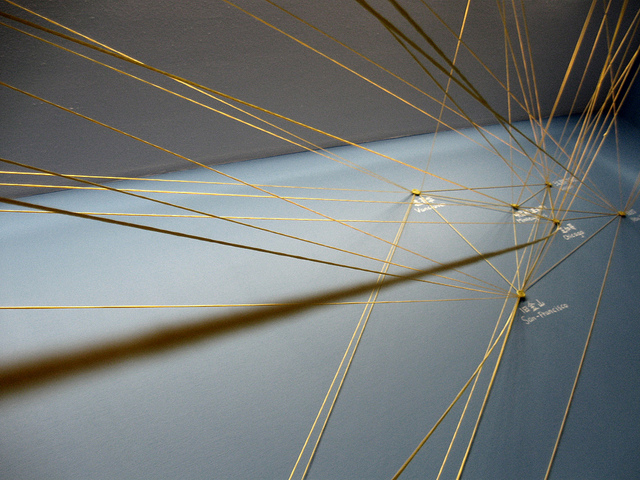
I like to think about the future of documentation, ruminating on future processes, interactions, and tools. Yet this past week at the OpenStack Conference I was faced with the reality of the future of documentation as a storage device for knowledge. A long-term storage device, as in, 20 years from now, people (scientists, to be precise), will need documentation to retrieve important scientific data collected in 2011.
We had a few user stories at the Conference this year, and I was blown away when Tim Bell told the story of how physicists wake up each morning and ask questions about the basics of how the universe works. In the process of asking and answering basic questions the fundamental particles that make up our world, they collect 25 petabytes of data a year. And here’s the future part – they have a service level agreement that ensures their scientists can have access to the information for twenty years. And here’s the docs part of that – we’re tasked with maintaining API documentation that can enable the access to data and replication of a cloud computing platform that can process the data. If you don’t provide the magical incantations to retrieve and process your data, the service agreement is broken.
The presenter Tim Bell said he sometimes receives emails intended for Sir Tim Berners-Lee, the inventor of an information management system that enabled physicists to send information to each other, now known as the World Wide Web. He supports scientists who take pictures of what happens when tiny particles collide with each other at nearly two degrees above absolute zero. His was an inspiring and intimidating talk all at once. Updated to add: here is a link to his presentation on Slideshare, CERN User Story.
 I have to admit, I believe using an XML standard like DocBook, which was invented in 1991, helps us future-proof the docs. Not that I’m over-confident either, it is quite intimidating to provide docs to the scientists of 2031. Perhaps even the college-graduation class of 2031, those future students who are toddlers today, will need to spin up virtual machines in order to replicate systems from 2011. With dedication, collaboration, and hard work, the docs.openstack.org site will be available. With the creation of an OpenStack Foundation, we look towards the long term, not the short, and plan to keep the docs ready for those who will need them in the future.
I have to admit, I believe using an XML standard like DocBook, which was invented in 1991, helps us future-proof the docs. Not that I’m over-confident either, it is quite intimidating to provide docs to the scientists of 2031. Perhaps even the college-graduation class of 2031, those future students who are toddlers today, will need to spin up virtual machines in order to replicate systems from 2011. With dedication, collaboration, and hard work, the docs.openstack.org site will be available. With the creation of an OpenStack Foundation, we look towards the long term, not the short, and plan to keep the docs ready for those who will need them in the future.
If you’re the type of person who is inspired by such documentation efforts, I’d encourage you to take a look at how the docs are made and collaborate with us. You now know how long-lasting your documentation efforts can be.